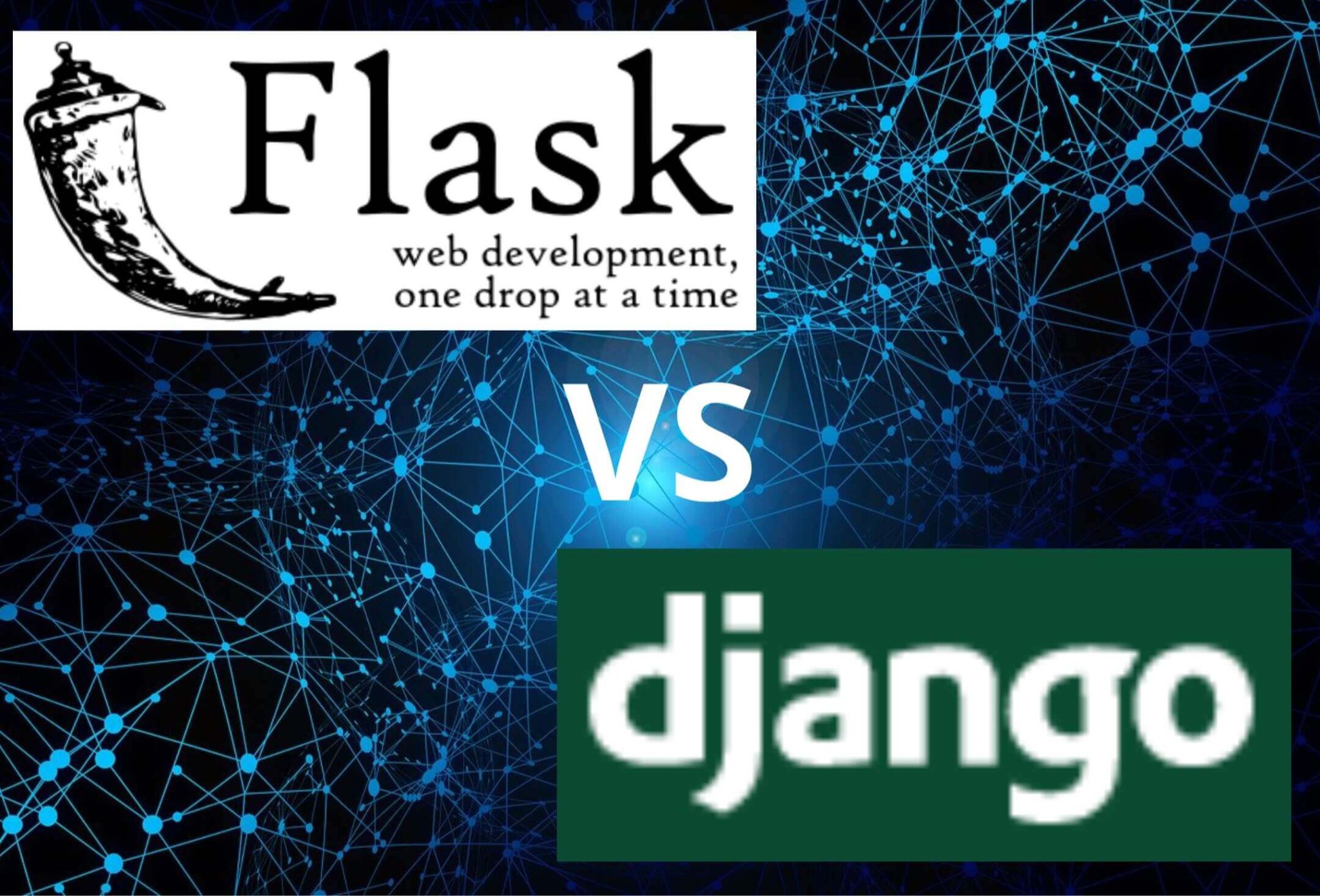
Django vs. Flask: Exploring the Key Features! 🔥🌐🐍
#1. #DjangoMagic ✨🌈:
– Django is a full-featured framework that provides everything you need to build complex web applications, from authentication and admin interfaces to database ORM and URL routing. It’s ideal for large-scale projects with strict deadlines and requirements.
#2. #FlaskSimplicity 🌿🧪:
– Flask, on the other hand, is a lightweight and minimalist framework. It offers greater flexibility and allows developers to have more control over the project structure. Flask is perfect for small to medium-sized projects and developers who prefer a simpler and more customizable approach.
#3. #DjangoScalability 📈🔝:
– Django handles heavy traffic and large user bases effortlessly, making it suitable for enterprise-level applications that require high performance and scalability.
#4. #FlaskModularity 🧩🔌:
– Flask follows a modular design, allowing developers to choose the components they need. It has a rich ecosystem of extensions, giving you the flexibility to add only the required functionalities. Flask empowers developers who value modular and lightweight solutions.
#5. #DjangoRapidDevelopment ⚡🚀:
– Django’s provides pre-built components and follows the DRY (Don’t Repeat Yourself) principle, allowing developers to focus on the core functionality rather than reinventing the wheel.
#6. #FlaskFlexibility 🏛️🧩:
– Flask’s simplicity gives developers the freedom to design their project structure and make decisions based on specific requirements making it a flexible framework that adapts to your project’s unique needs.
#7. #DjangoCommunitySupport 👥🤝:
– Django boasts a large and active community, providing extensive documentation, tutorials, and ready-to-use packages.
#8. #FlaskLearningCurve 📚📈:
– Flask has a gentle learning curve, making it an excellent choice for beginners and developers who prefer to have more control over their codebase.
#9. #DjangoAdminInterface 💼📊:
– Django’s admin interface is a powerful feature that automates common administrative tasks. It offers an intuitive user interface for managing models, performing CRUD operations, and handling data administration efficiently.
#10. #FlaskMicroservices 🐍🔌:
– Flask’s micro-framework nature makes it ideal for building microservices and APIs. Its lightweight design and flexibility make it easier to integrate with existing systems and build modular and scalable architectures.
Choose Django if you’re working on large-scale projects that require a comprehensive feature set, scalability, and rapid development. Opt for Flask if you prefer a lightweight, flexible, and customizable framework, ideal for small to medium-sized projects and developers who enjoy a degree of control. Happy coding! 🚀💻🌐






